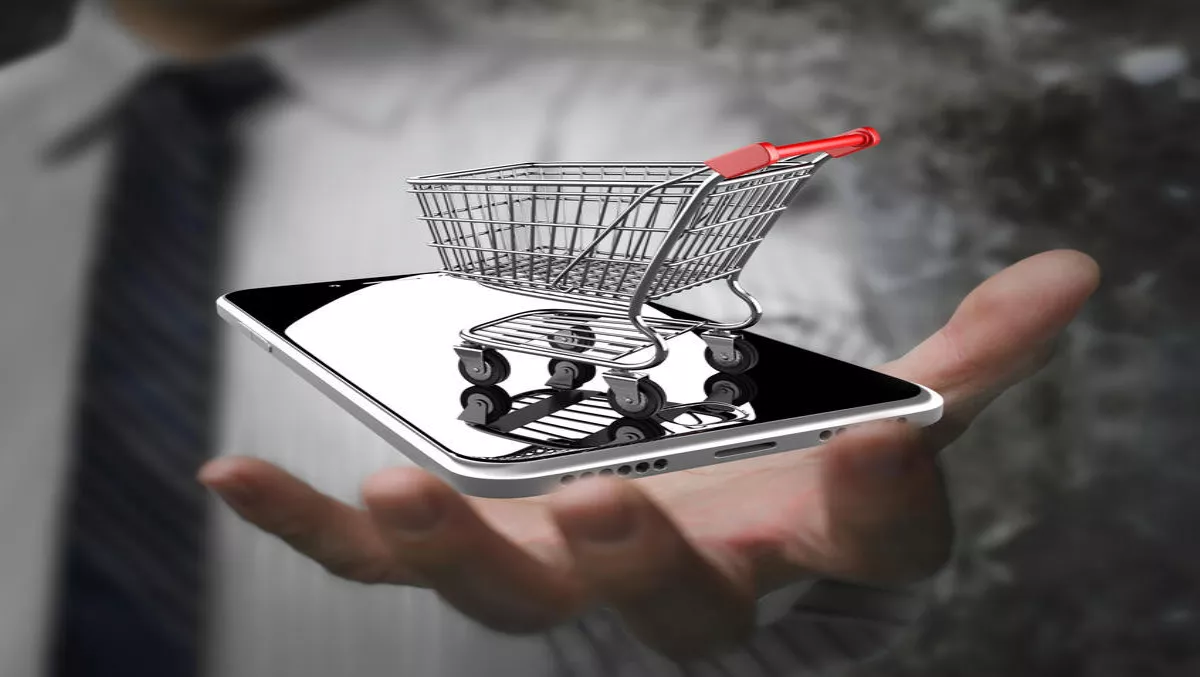
How retailers can use tech to their advantage
Retailers need to consider how the right technology solutions can maximise their chances of success, as changing consumer habits show a prevailing preference for online shopping.
That's the word according to Wavelink, who says it is essential for New Zealand retailers to understand how consumer shopping habits have changed as they recover from the busy Christmas holiday shopping period.
By providing sales staff with mobile devices, Wavelink says retailers can provide customers with real-time access to additional information and in-the-moment offers, price checks and inventory information.
These devices also connect sales staff with managers and other colleagues and stores within the retail chain. Wavelink says this makes staff more productive and helpful without having to walk away from the customer to a phone or point of sale station.
"Retailers need to empower frontline staff to close the sale," says Ilan Rubin, managing director, Wavelink.
"This means giving them the means to get the information and approvals they need on the spot, so they can give the customer the best price or the information they need to encourage them to buy," he explains.
Here are seven key ways that mobile devices can help retail staff be more effective:
1. Improved customer service
When staff have to leave the customer to find the answer to a question, the spell is broken. The customer has to wait for them to come back with an answer and may decide in the meantime to walk away. Mobile devices let sales staff provide the answers to any conceivable question and, what's more, they can finalise the sale using mobile point of sale technology without having to direct the customer to a different area for payment.
2. More add-on sales
Using a mobile device makes it easier for sales staff to suggest complementary items, provide up-to-date insights on inventory and price, delivery times and more. They can even tell customers what previous customers have purchased in addition to that item to complete the outfit or project, saving the customer a second visit to the store. Staff can place an order for an out-of-stock item and arrange for it to be delivered to the customer's home.
3. Enhanced staff management
Turnover tends to be high in retail and recruitment, and training can be costly. Most retailers rely heavily on part-time workers. Consequently, it's important to use devices that deliver a user experience that's similar to personal mobile devices, to minimise the amount of training required. New hires can become productive very quickly with all the information they need at their fingertips, and customers will enjoy better service and responsiveness.
4. Improved loss prevention
Surveillance, such as CCTV feeds, can be delivered directly to the mobile device, so managers, employees and security can have their eyes and ears on the floor at all times. Additionally, managers can receive alerts for specific events, such as if a freezer is left open or a fire escape is used, potentially minimising spoilage and theft.
5. Increased integration between the store and the warehouse
Mobile communications, workflow applications and automated alerts can impact inventory distribution workflows, improving both the customer experience and the bottom line. Being able to check stock levels at the warehouse facilitates inventory management and efficient fulfilment and return processes.
6. Improved inventory accuracy through radio frequency identification (RFID) technology
RFID tags help retailers manage inventory on the sales floor, reducing shrinkage, and can help on the supply chain side as well. RFID enables frequent inventory counting, which leads to improved inventory accuracy.
7. Deeper customer intelligence
Knowing your customer well means understanding their buying needs and behaviours, and engaging with them on a deeper, more individualised level. This includes understanding customer behaviour across a number of channels. Handheld devices can put that information at the sales employee's fingertips, letting them customise the interaction according to that customer's purchase history and loyalty, as well as any stated preferences.
"Retailers need to put consumers at the heart of their activities like never before," says Rubin.
"It's not enough simply to offer products for sale; retailers need to offer an experience that's unlike anything they can get at a competitor or online store," he explains.
"By using mobile devices equipped with the right apps, such as Spectralink Wi-Fi handsets, retailers can keep ahead of the competition and achieve sustainable growth.


